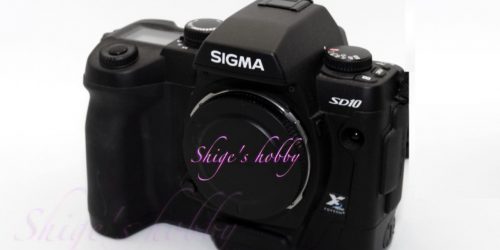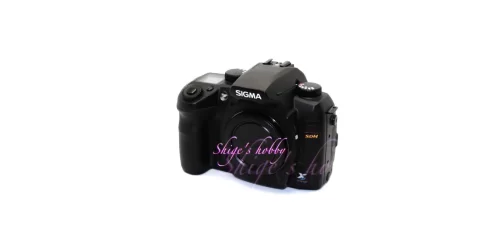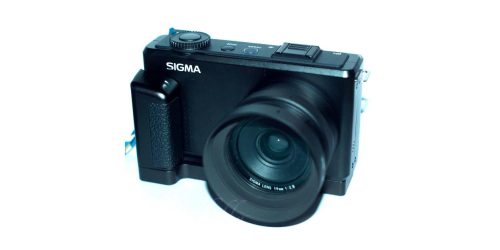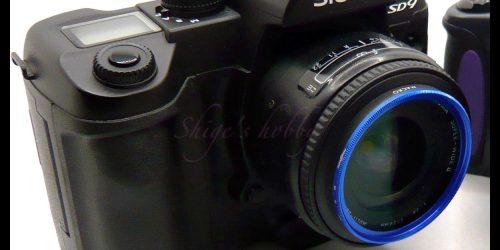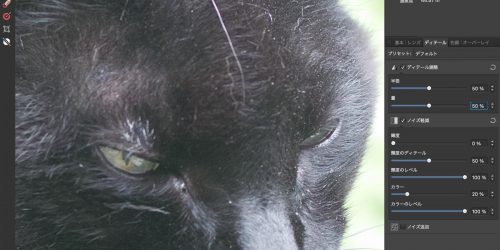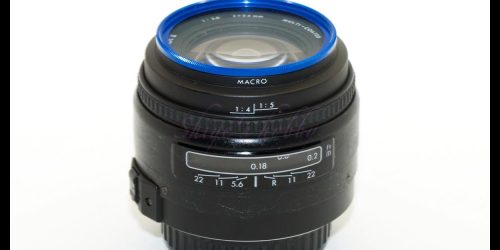SIGMA SD1 / SD1 Merrill
Reviews and photo examples of the SIGMA SD1 / SD1 Merrill.
Table of contents
Gallery
Review
The SD1 is a digital single-lens reflex camera equipped with a third-generation foveon sensor that was released by Sigma in 2011 at a price of 700,000 yen. The price of 700,000 yen may not bother rich people, but the comments from Sigma fans and onlookers at the time, when there were many relatively low-priced users, were harsh.
In 2012, the price was reduced to 200,000 yen and the name was changed to SD1 Merrill.
As the name SD1 suggests, it is the pinnacle of SIGMA single-lens reflex cameras, and as of 2022, it is the last SIGMA single-lens reflex camera.
The sensor size is APS-C size, 14.5 million pixels x 3, and the actual pixels are 14.5 million pixels, but in JPEG recording and SIGMA PhotoPro, pixels can be combined to output higher pixels.
The battery was unchanged from the SD14/15, BP-21, and the model number was changed to BP-22 along the way. The difference between the two is the battery capacity, BP-21 is 7.4V-1500mAh, and BP-22 is 7.4V-1200mAh. Many of these batteries are compatible in shape, with Konica Minolta’s NP-400 (7.4V-1500mAh) and Pentax’s D-LI50 (7.4V-1620mAh) having the same shape. Sigma’s BP-22 has the smallest capacity. The compatible battery made in China is listed as 7.4V-2300mAh, but it is unclear whether it truly has that capacity.
I didn’t feel like buying the SD1 when it was first released, so I got it after it became the SD1 Merrill, but when I used it with the M42 lens, it gave me a huge green tint and I was disappointed. I decided to only use SA lenses with the SD1, so I bought several lenses and took them with me to the hawk crossing at Shirakaba Pass. I didn’t use it much other than that, and my main photography had shifted to Leica Digital, so I played around with it a bit and then sold it.
Since the SD1 processes approximately 9 times as much information as the SD15, it lacks the nimbleness of the SD15, giving the impression that it was a throwback to the SD10. Additionally, the 15-megapixel*3-layer Foveon sensor was a peaky and sensitive element that could be described as daytime-only.
Perhaps because I got used to Leica’s low-passless images, I was less impressed by the increase in actual pixels to 15 million pixels. Also, I was sensitive to camera shake during shooting, and I could no longer see the difference between the camera and the Bayer in reduced images, so I gave it up before I could use it much.
After that, I found a used SD1 (unbranded) at a cheap price, so I bought it and tried it out, and as expected, it was no different from the SD1 Merrill. I think it would have been a good idea to keep the SD1 because it didn’t have Merrill written on the back LCD because it would be valuable. Even if you look at it now, the resolution of daytime photos is almost too high, and you can get a glimpse of Foveon’s capabilities.
Considering the interval between SD1 and SD15 release (2010), the release interval is too short for a camera manufacturer with small development resources, so the following speculation holds true. SD15 and SD1 were developed in parallel, and the development of SD15 was delayed, and SD1 was released earlier than expected, and it seems that Sigma was released without much thought into its sales strategy.
Maybe it’s a company culture that doesn’t care about the manufacturer’s image, but I feel that Sigma’s image would have been better if they had kept the SD1 until 2012, when it could be released at the price of the SD1 Merrill. Ultimately, Sigma’s slow sales strategy sometimes confuses users. Perhaps learning from this, when the SD Quattro was released, it was announced that there would be a high pixel version, the SD Quattro H.
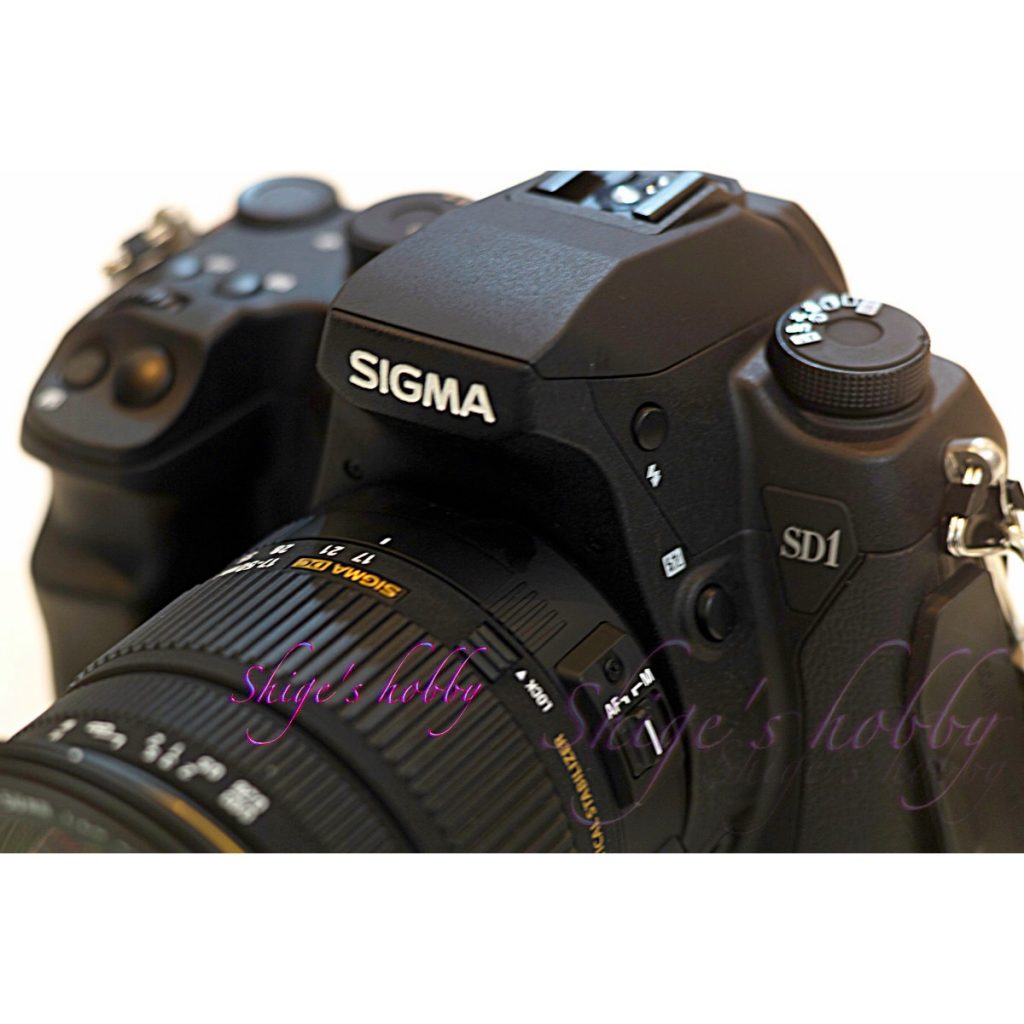
Specification and Compare
| Items | SD1 | SD1 Merrill | sd Quattro | sd Quattro H |
| Camera effective pixel count | 48 million pixels (total pixels) 46 million pixels (effective pixels) (4,800×3,200×3 layers) | ← | 33.2 million pixels (total pixels) 29.5 million pixels (effective pixels) | 44.7 million pixels (total pixels) 38.6 million pixels (effective pixels) |
| Image sensor | 3rd generation FOVEON X3® (CMOS) | ← | 4th generation FOVEON X3® (CMOS) | ← |
| Image sensor size | APS-C 23.5×15.7mm | ← | APS-C 23.4mm×15.5mm | APS-H 26.7mm×17.9mm |
| Camera Mount | Sigma SA bayonet mount | ← | ← | ← |
| Back LCD | 3inch, 0.46 million dots | ← | 3inch, 1.62 million dots | ← |
| Finder | Pentaprism single-lens reflex finder | ← | Electronic viewfinder (approximately 2.36 million dots color liquid crystal) | ← |
| Battery | Lithium ion battery (BP-21 / BP-22) | ← | Lithium ion battery (BP-61) | ← |
| Size(mm) W x H x D | 145.5 × 113.5 × 80.0 | ← | 147 x 95.1 x 90.8 | ← |
| Weight(g) | 700g (Exclude battery) | ← | 625g (Exclude battery) | ← |
| Release date | 2011.06. 10 | 2012.03.09 | 2016.7.7 | 2016.12.20 |
| Price(Yen/No-tax) | Open Reference price (700,000 yen) | Open Reference price (200,000 yen) | Open Reference price (81,000 yen) | Open Reference price (126,800 yen) |
Options
- Vertical grip PG-31
- All Sigma SA mount lenses
Reference links
Update history
- 2024.02.19
Affiliate
- Some external links are advertisements and clicking them may generate income for the site administrator.
